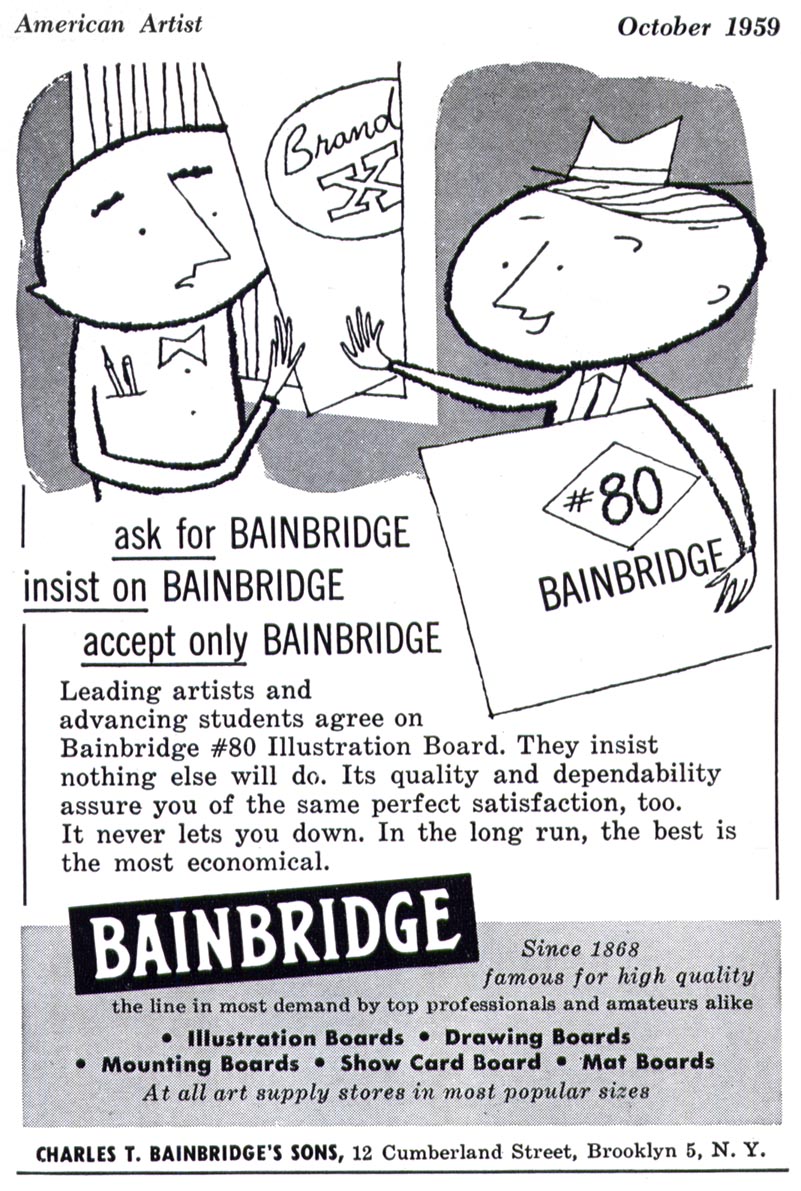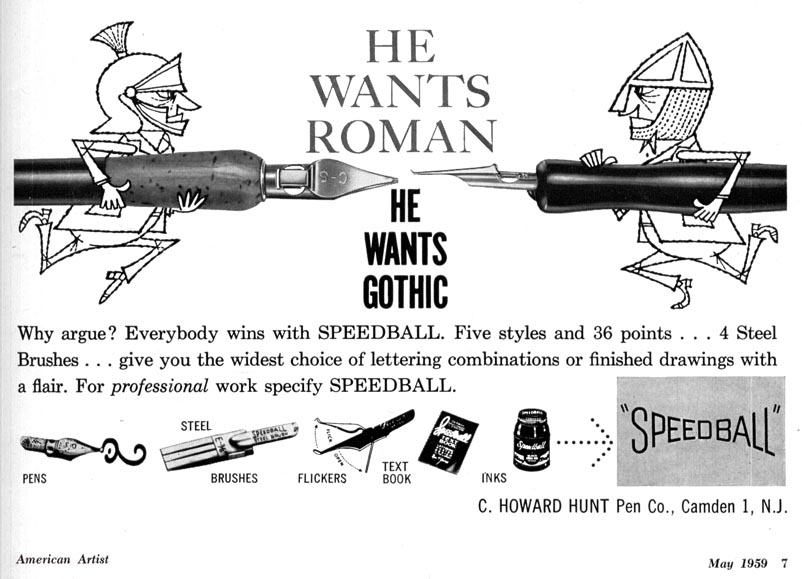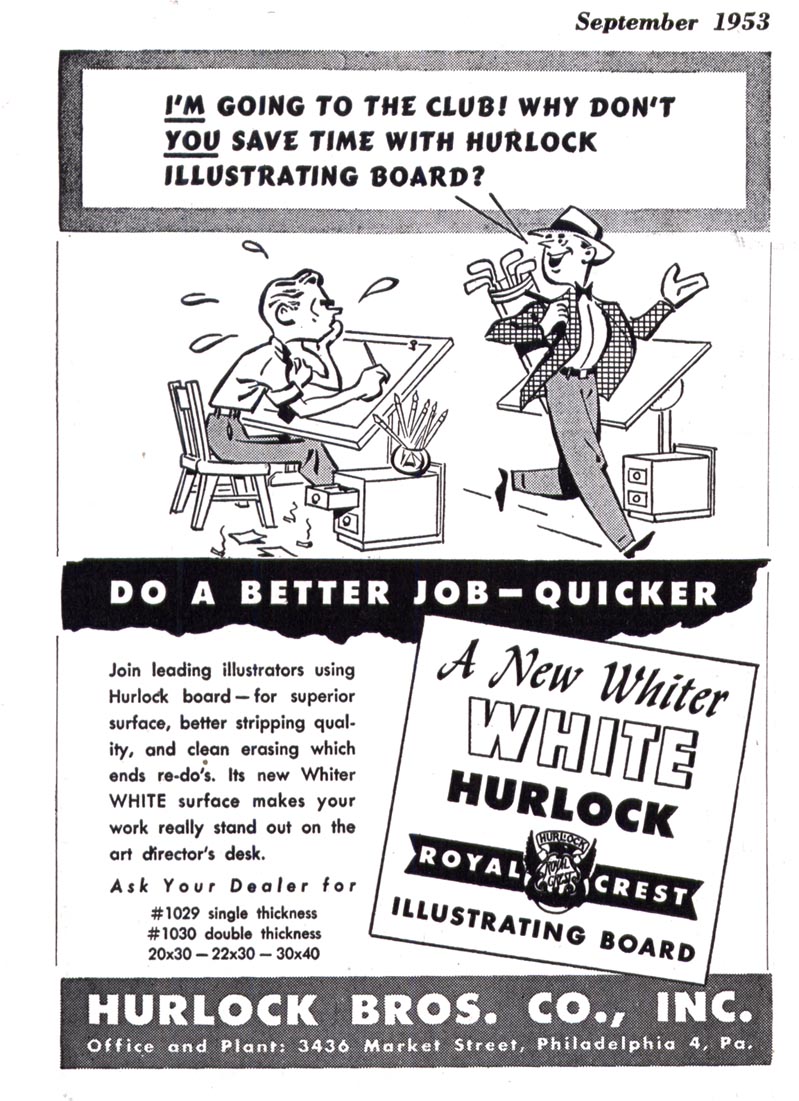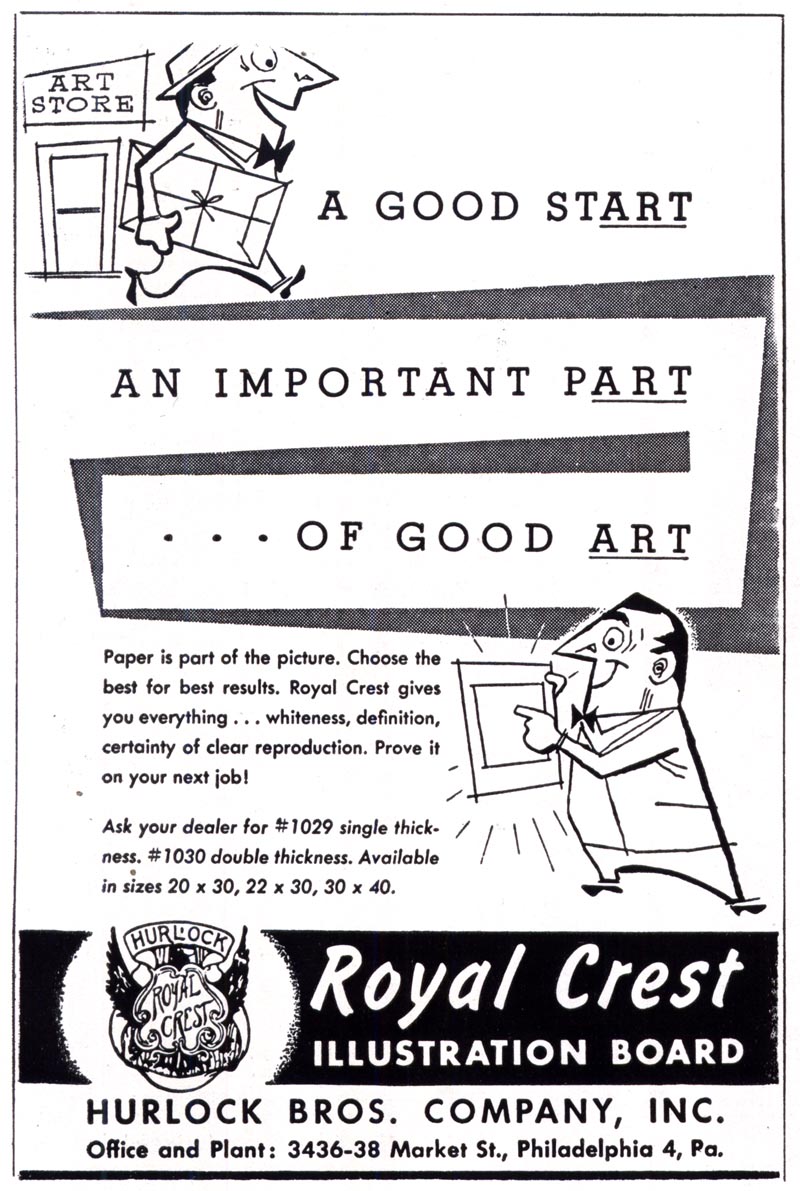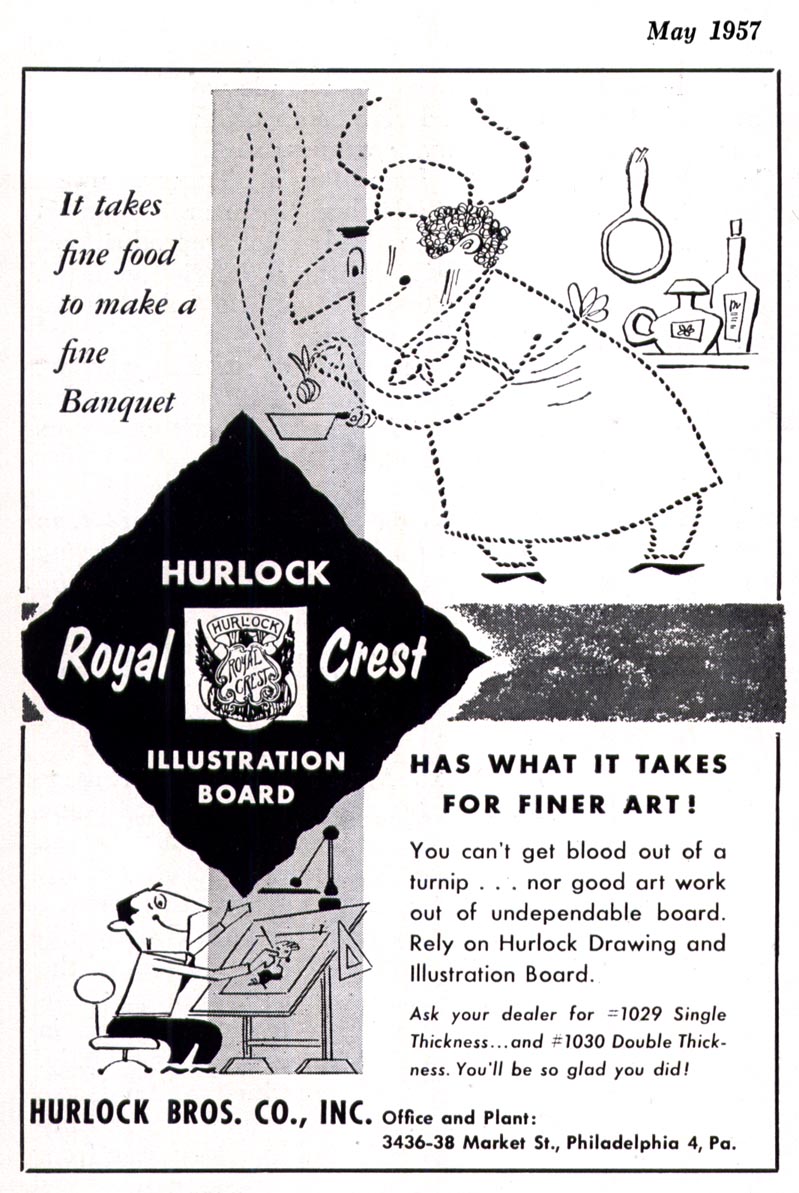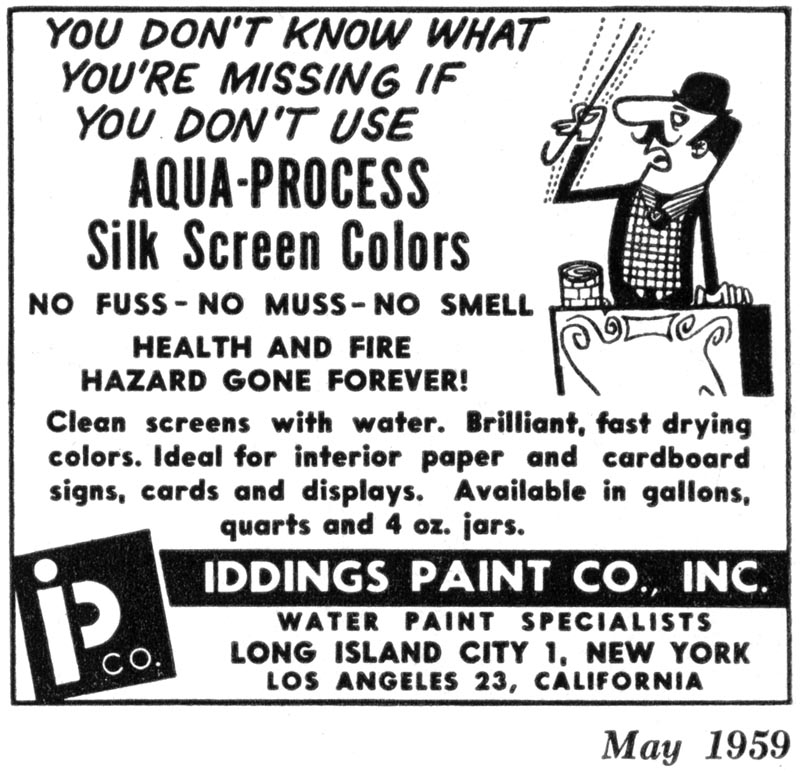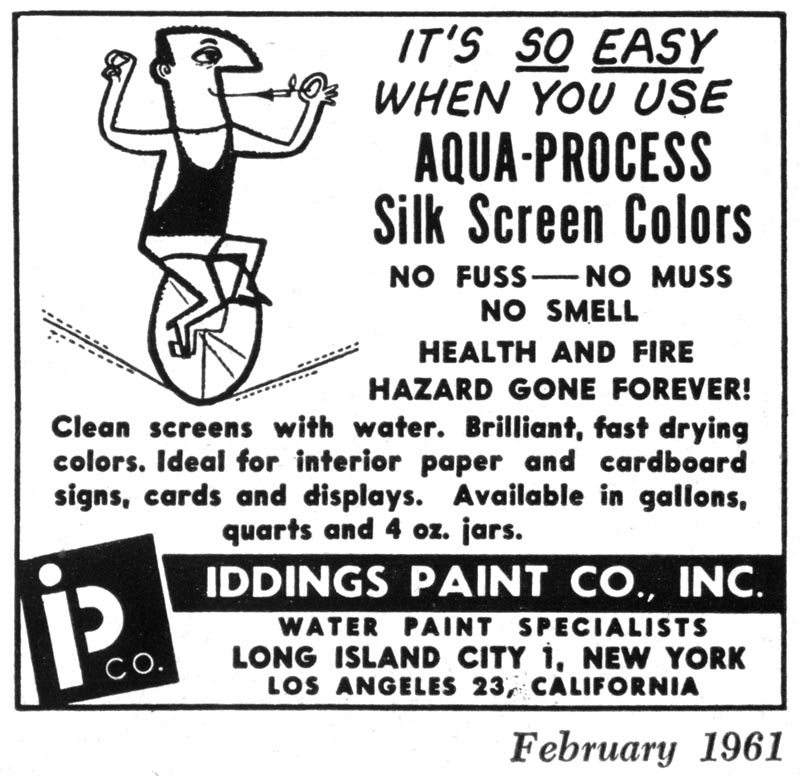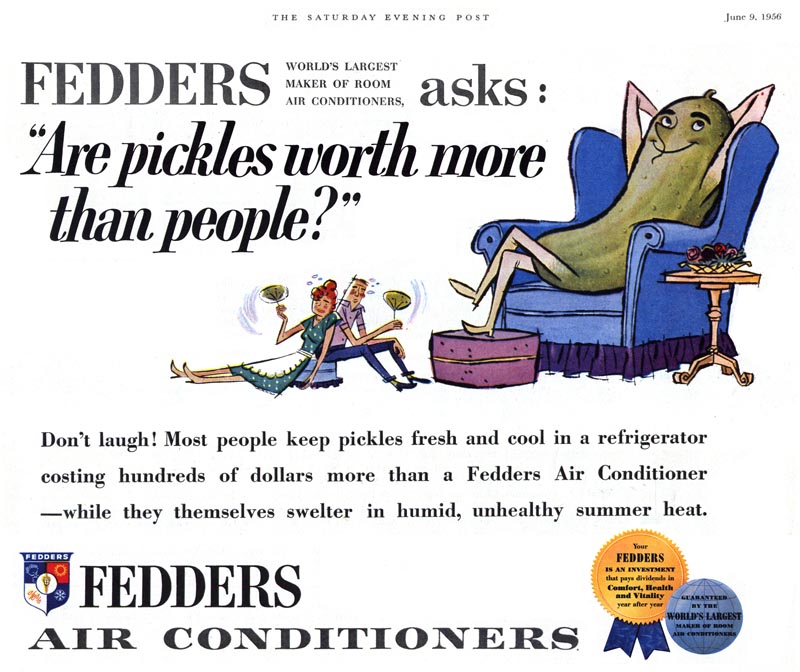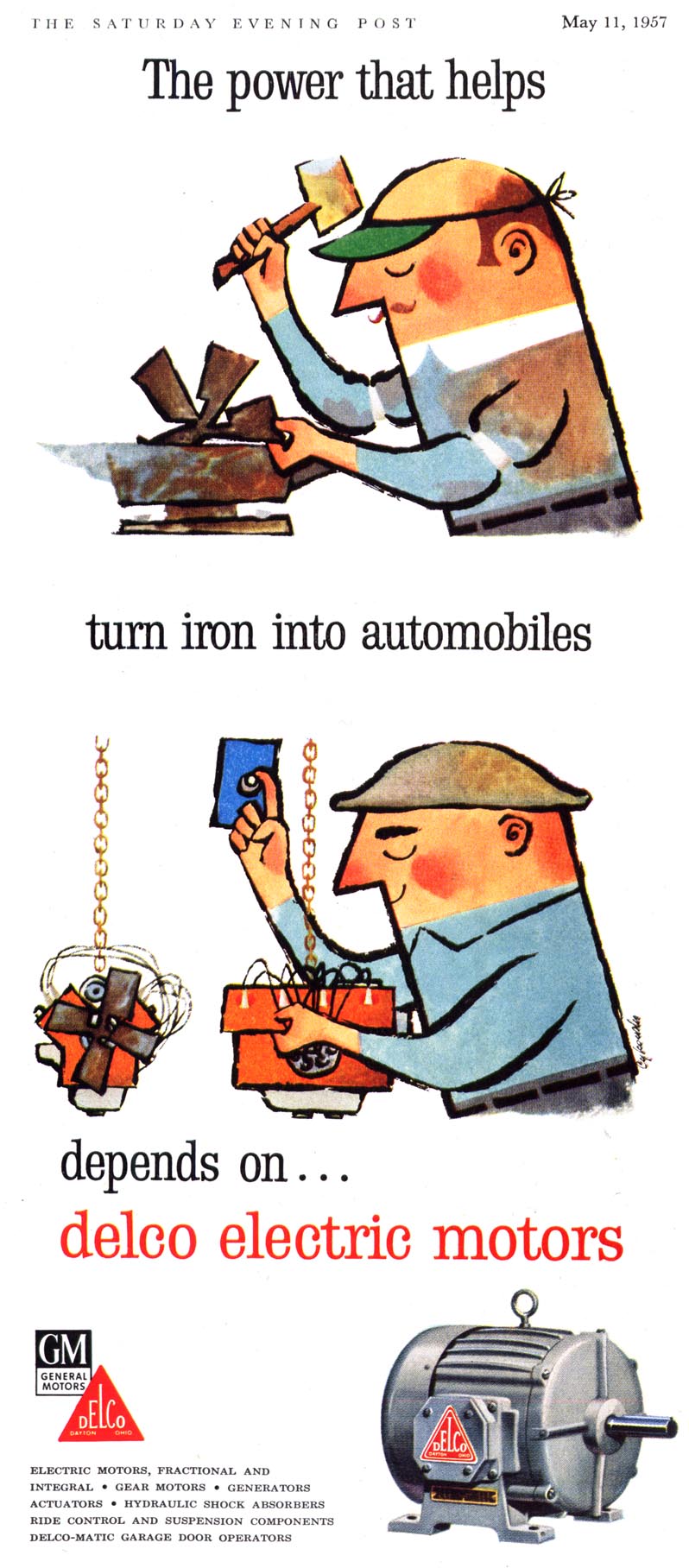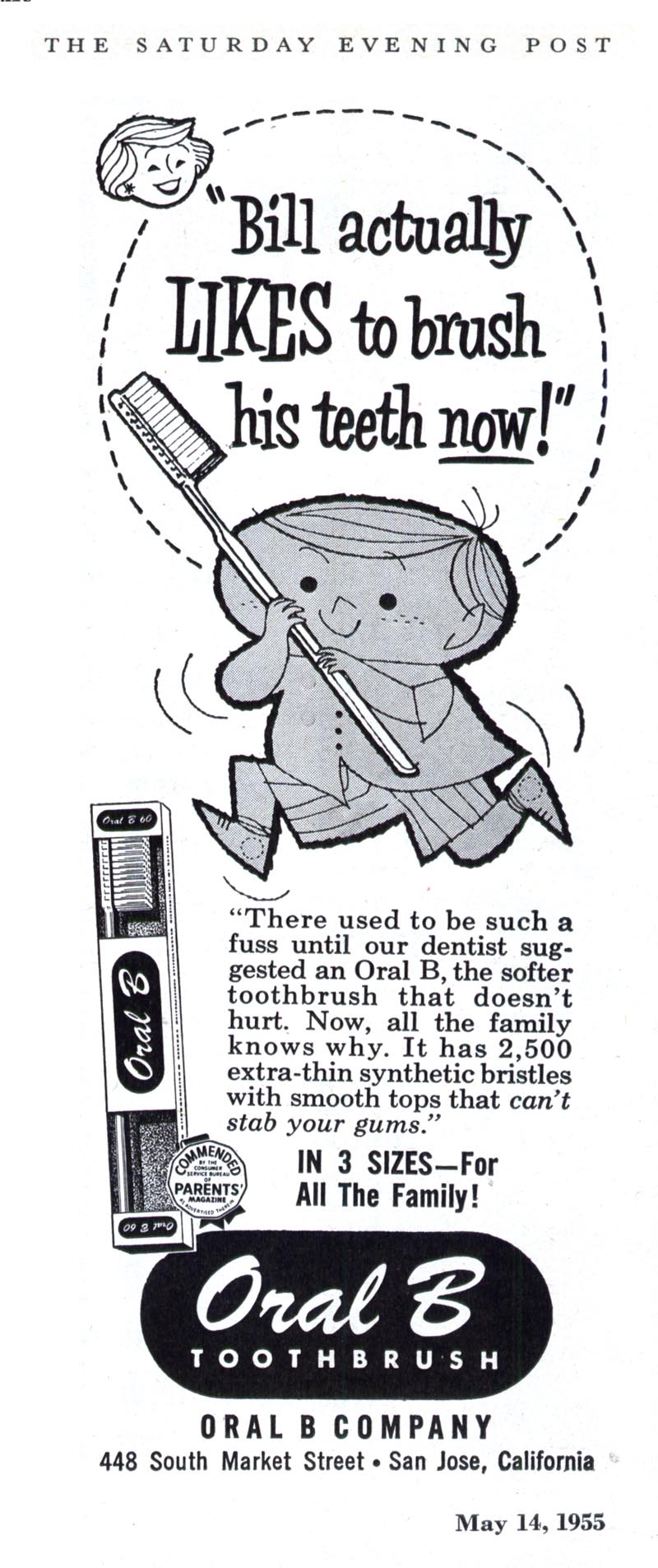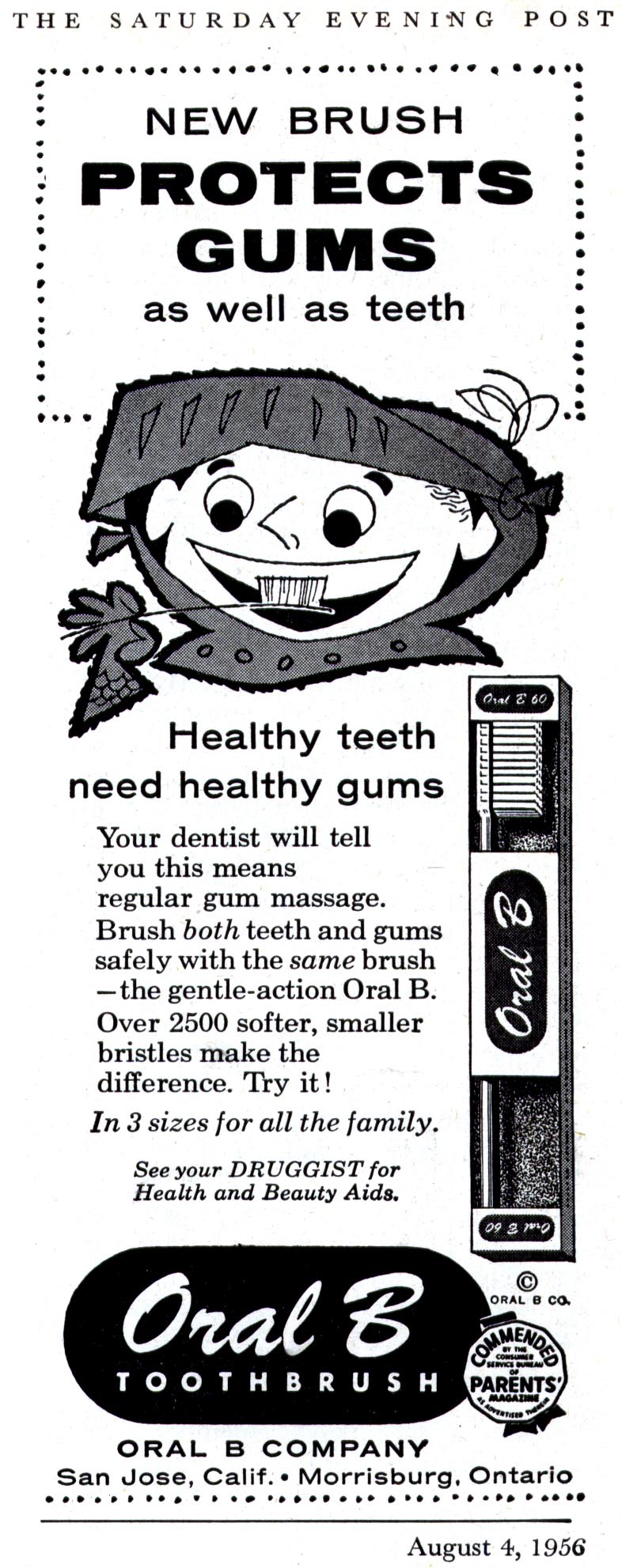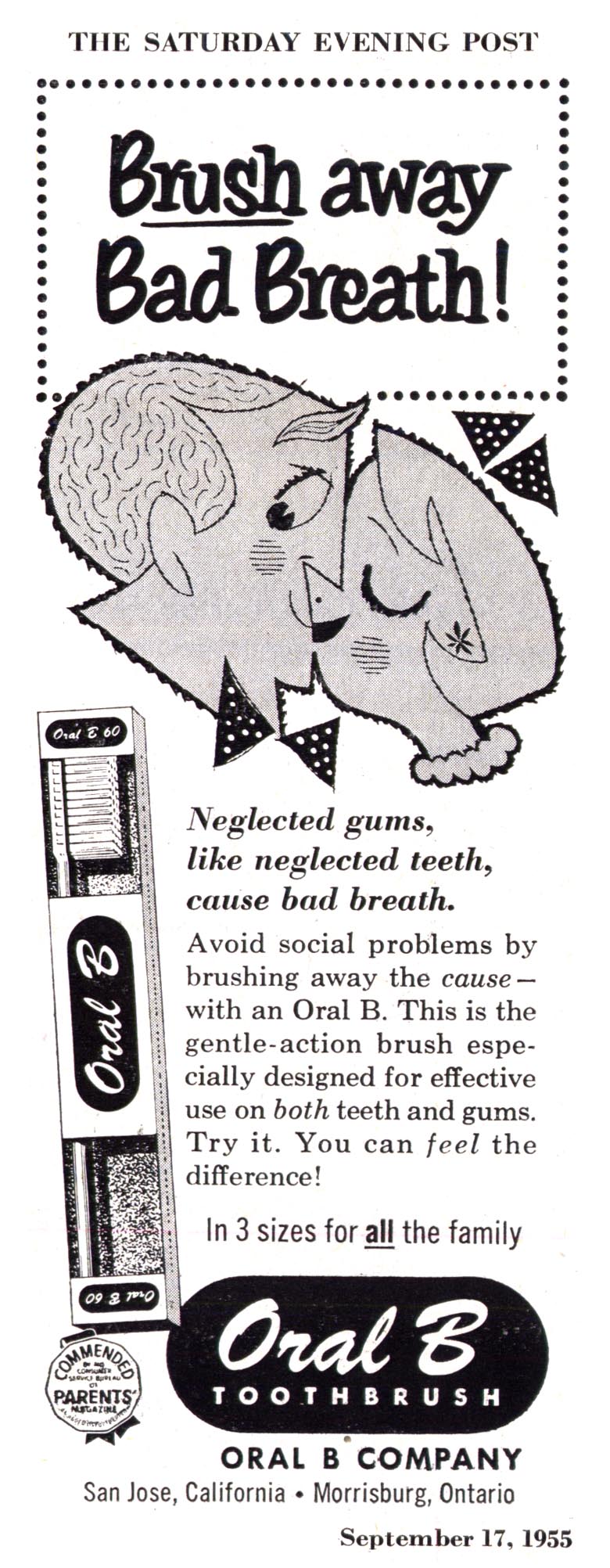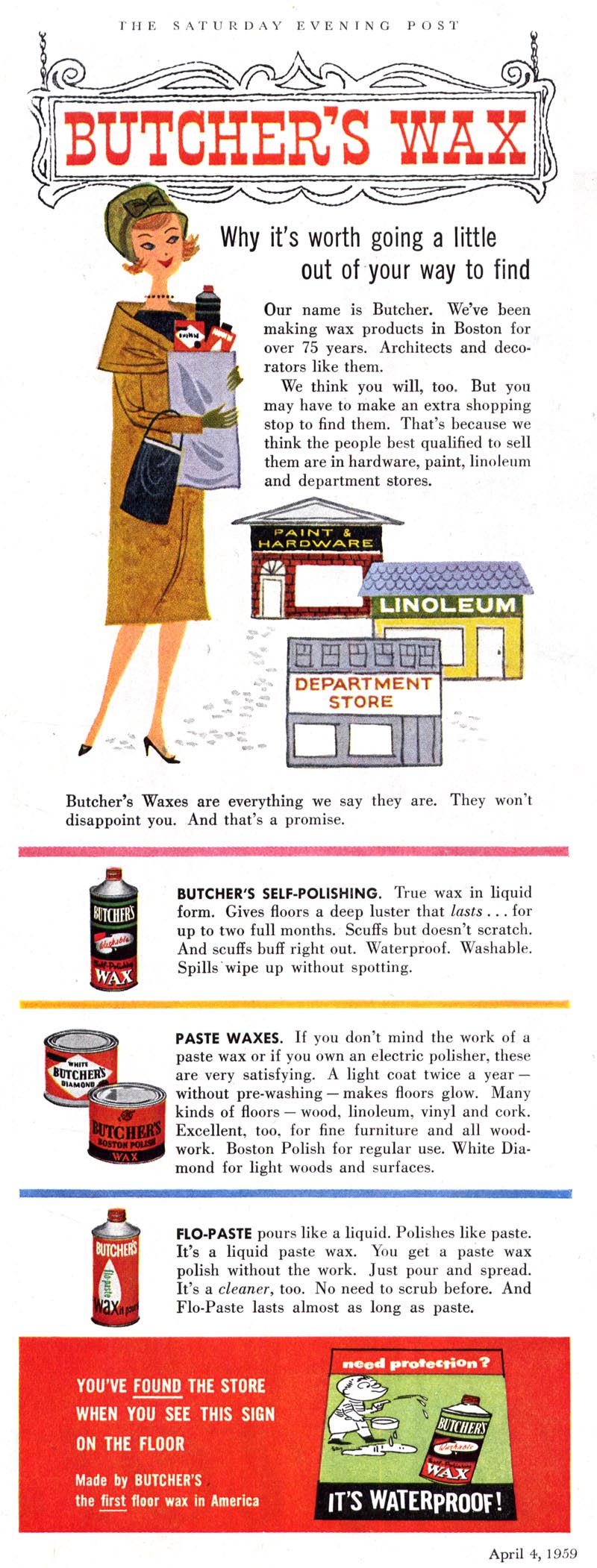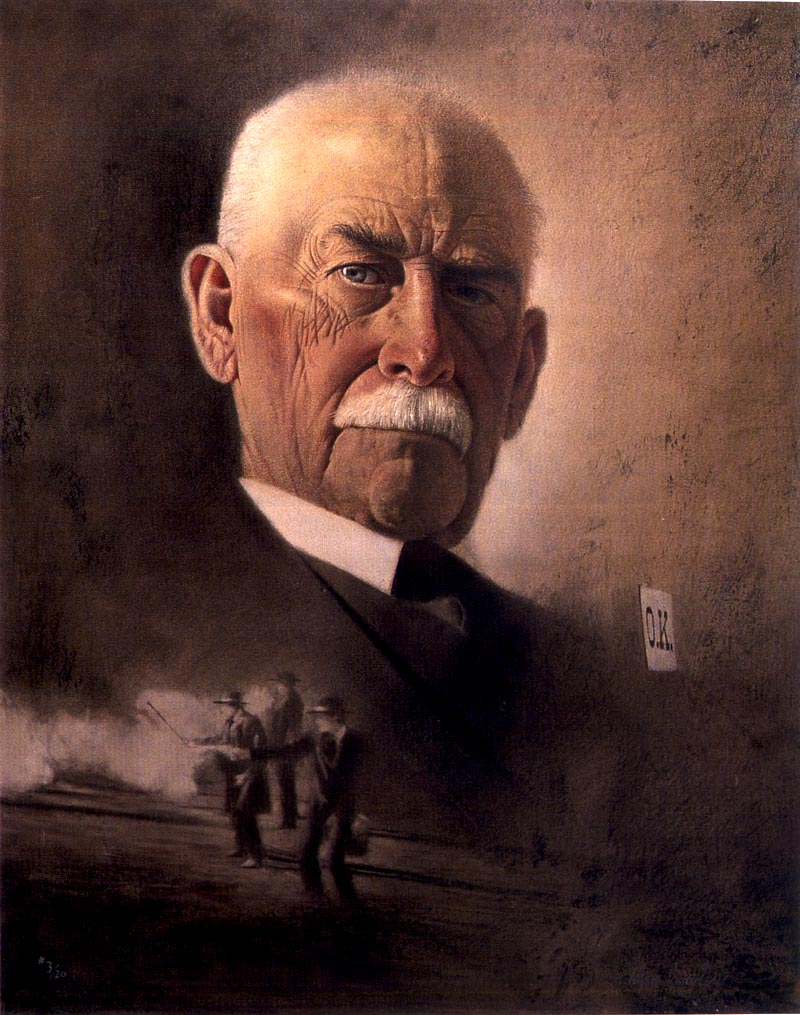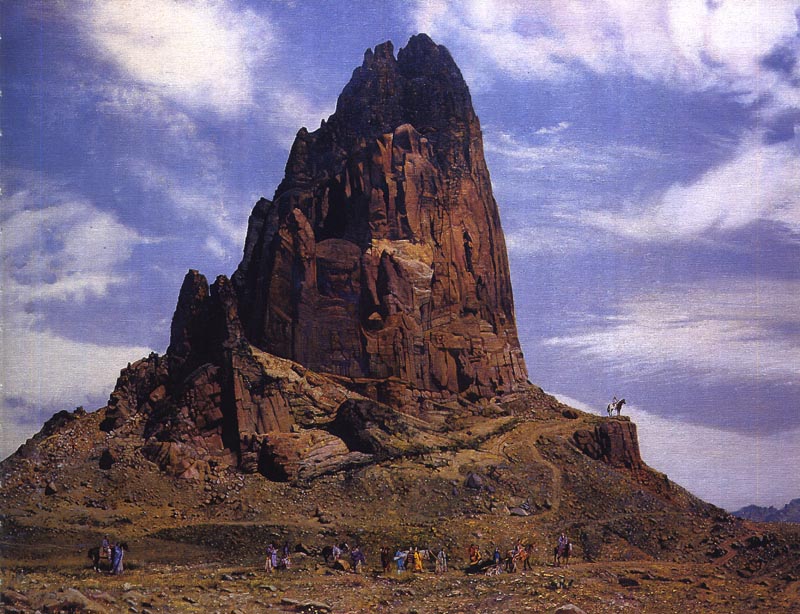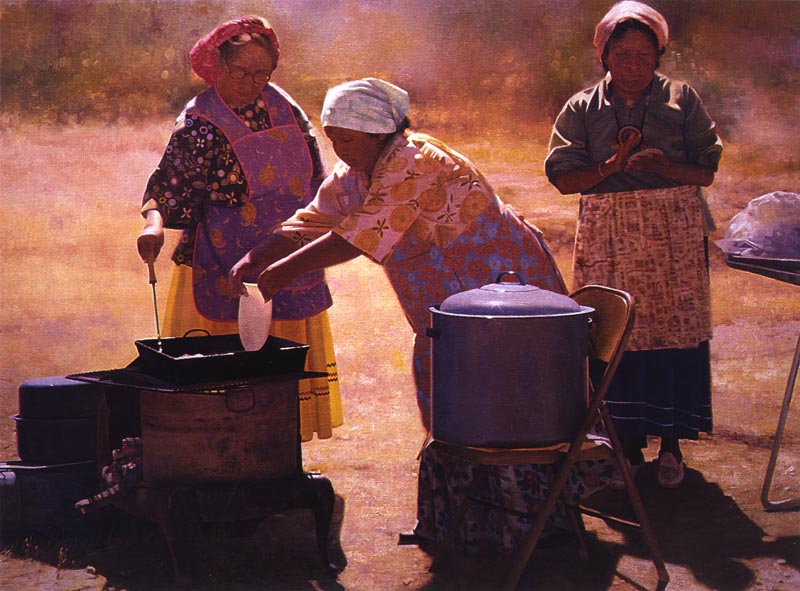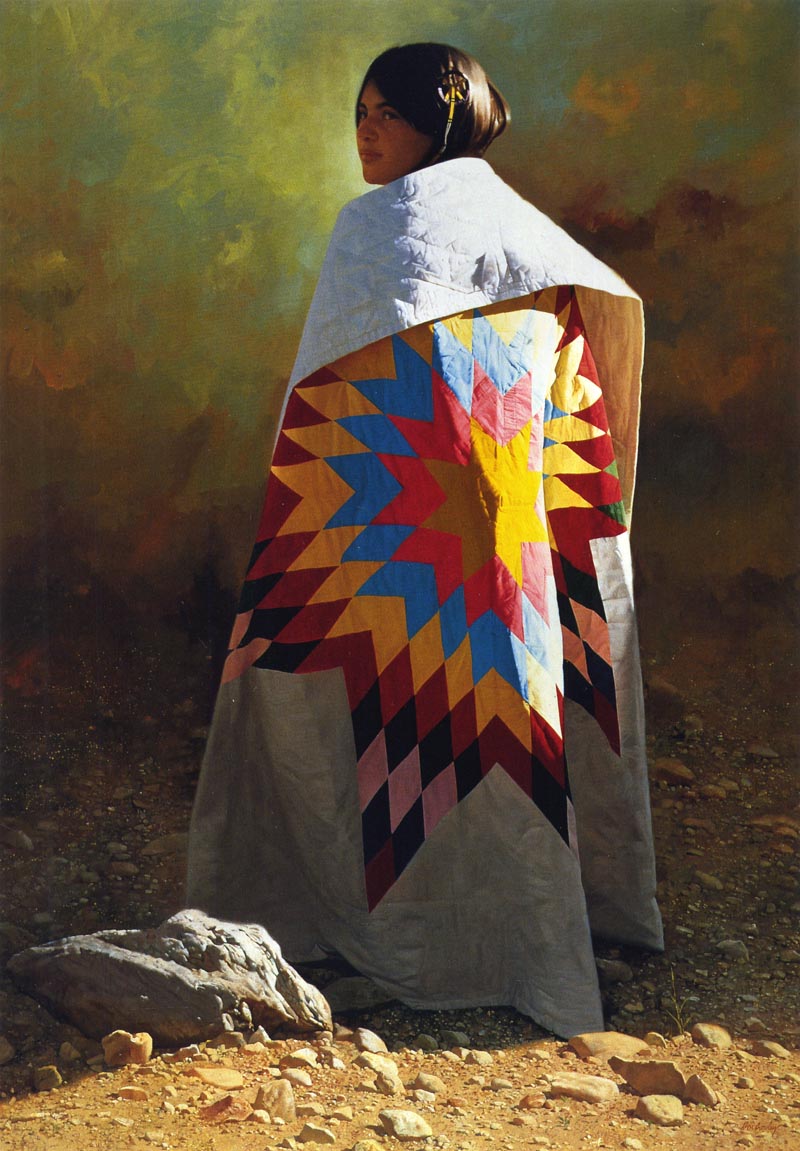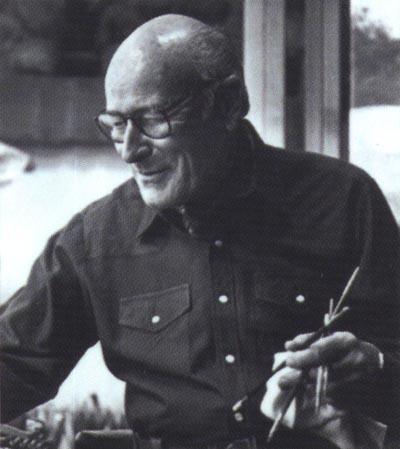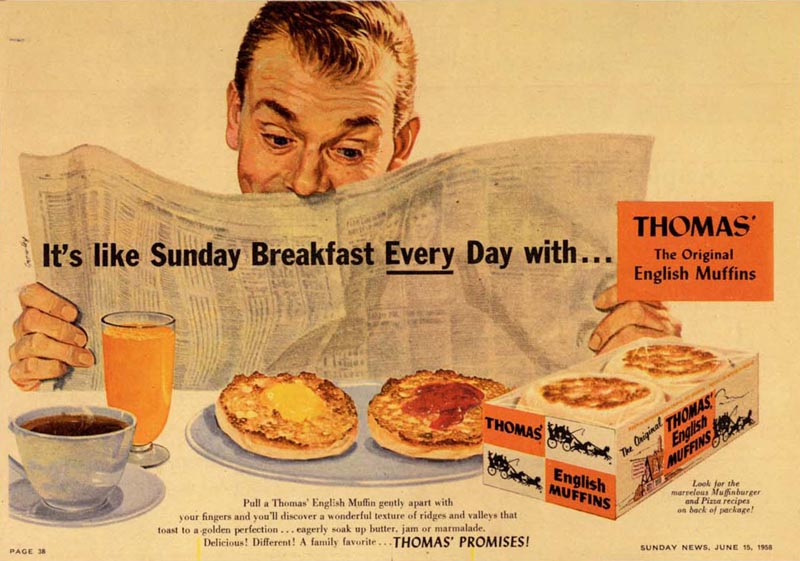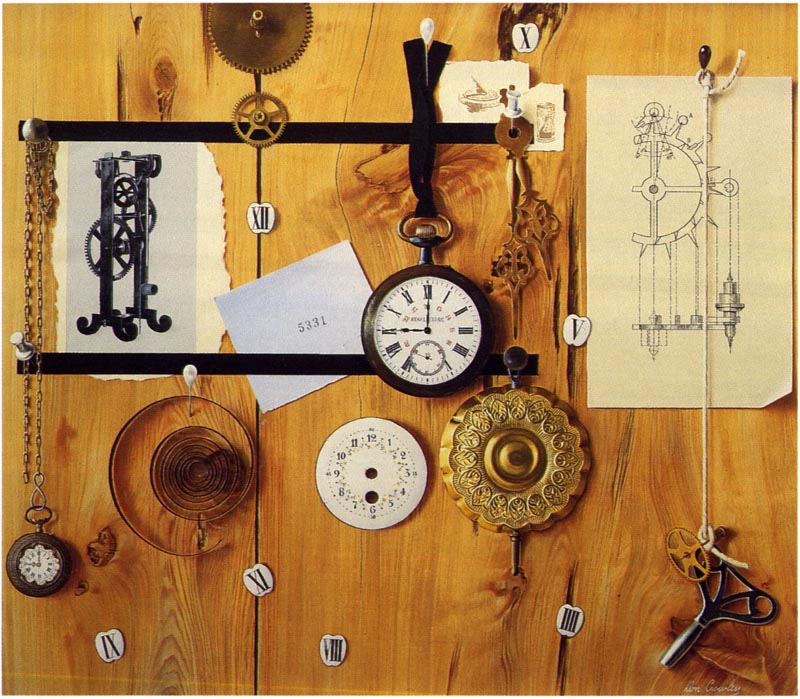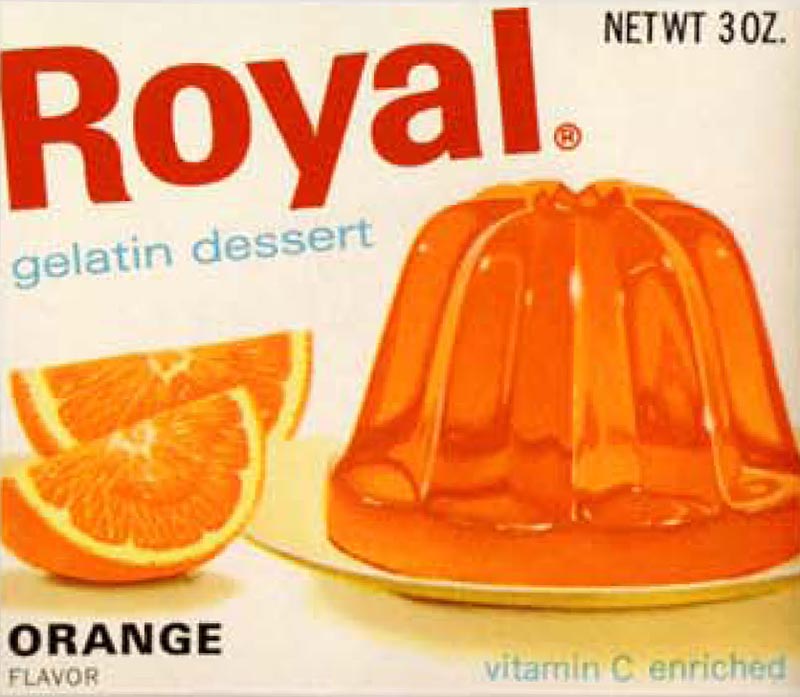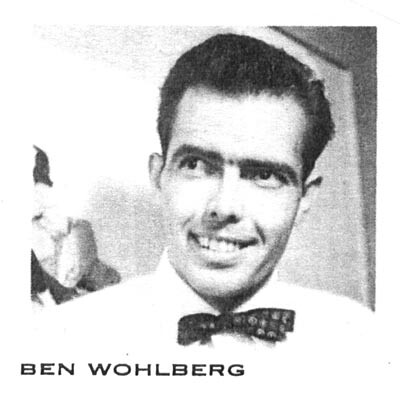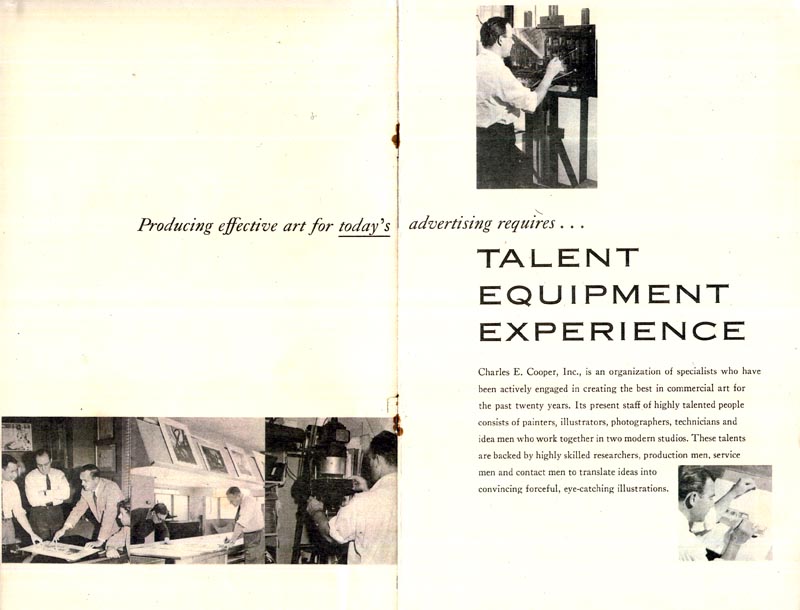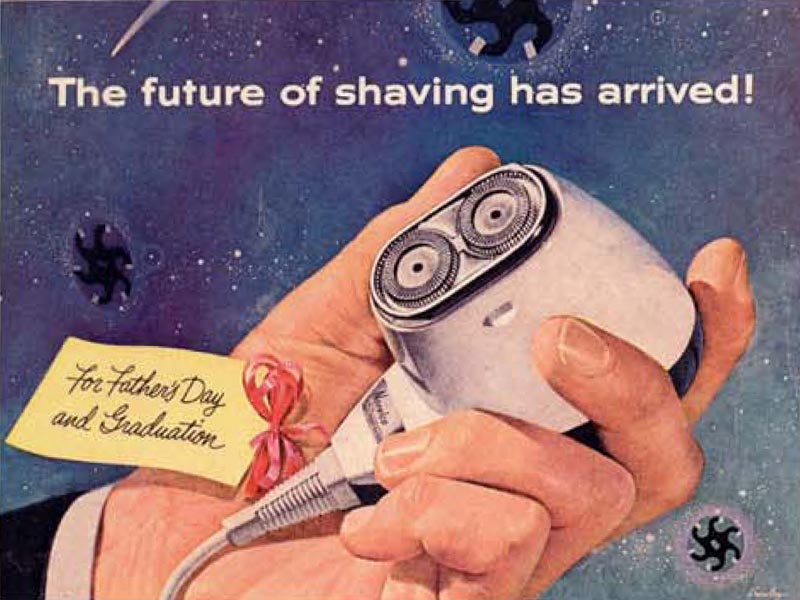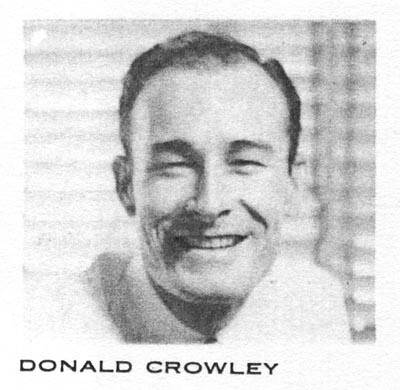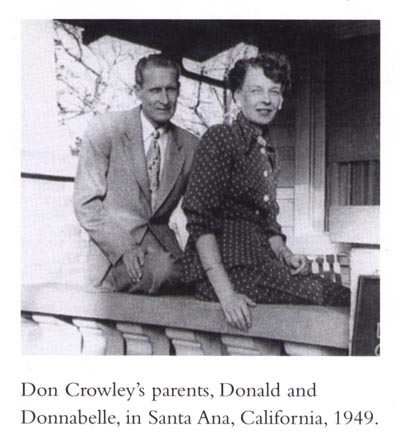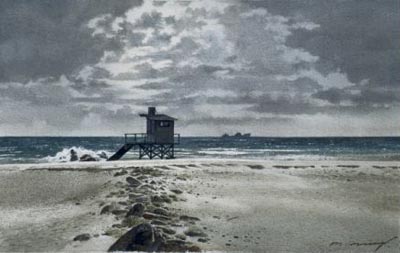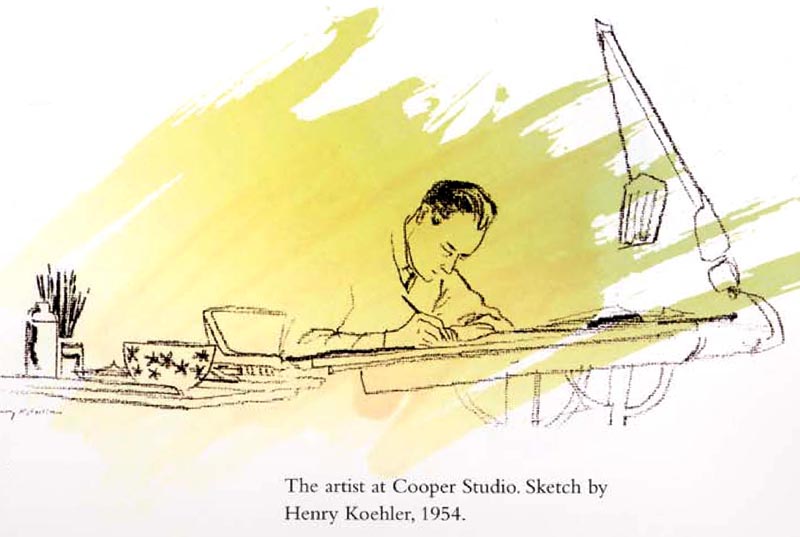As many readers already know, the world of illustration changed dramatically after 1960. The magazine industry was unable to compete for ad dollars in the face of increased tv viewership. Lucrative assignments from print advertisers had been the lifeblood that had sustained large commercial art studios like Cooper's.

Don Crowley could see that times were changing. Like so many others who had enjoyed the privilege of membership in America's most prestigious art studio, he regretfully left to pursue freelance on his own.
Although his specialty (product illustration still lifes) continued to be in demand, he craved figurative work and found opportunities to pursue that type of illustration in the burgeoning paperback cover market.
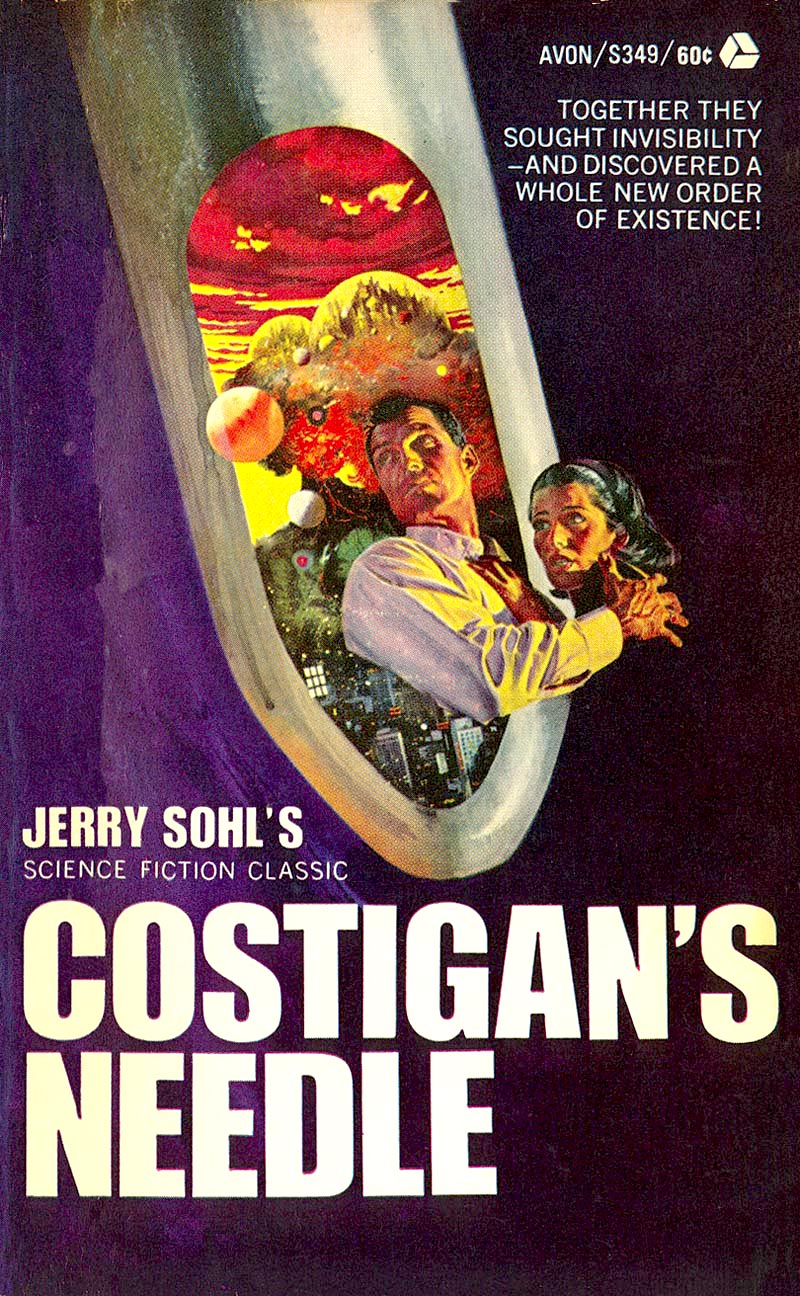

He first tried a partnership in a small studio with one of the former salesmen from Cooper's, Jack Randall and another artist, Bob Smith. Don said,
"Business was actually better with this new, smaller group... I did well with them for a couple of years."
Later he worked from home with an art rep, Joe Mendola, sending him assignments.
"I did quite well with him for maybe seven or eight years," Don recalls.

I asked Don if the arrival of artists like Bernie Fuchs and Bob Peak on the scene had had any impact on his work, but he gave me a definitive "No."
"They were very individualistic and I was always a realist... never thought about trying any 'cute' techniques or anything like that." In spite how that might sound on the surface, Don mentioned in passing that Bob Peak was one of his best friends and that the two of them enjoyed socializing - often doing lunch at the Society of Illustrators.
"I knew an awful lot of artists in those days," said Don, "[The SoI]
was a great place to get together."

Don continued to do quite well throughout the '60s, doing more and more figure work. Book covers and Reader's Digest became the source of many assignments, along with Don's signature product 'still life' work, which he continued to produce steadily for advertising and packaging clients.
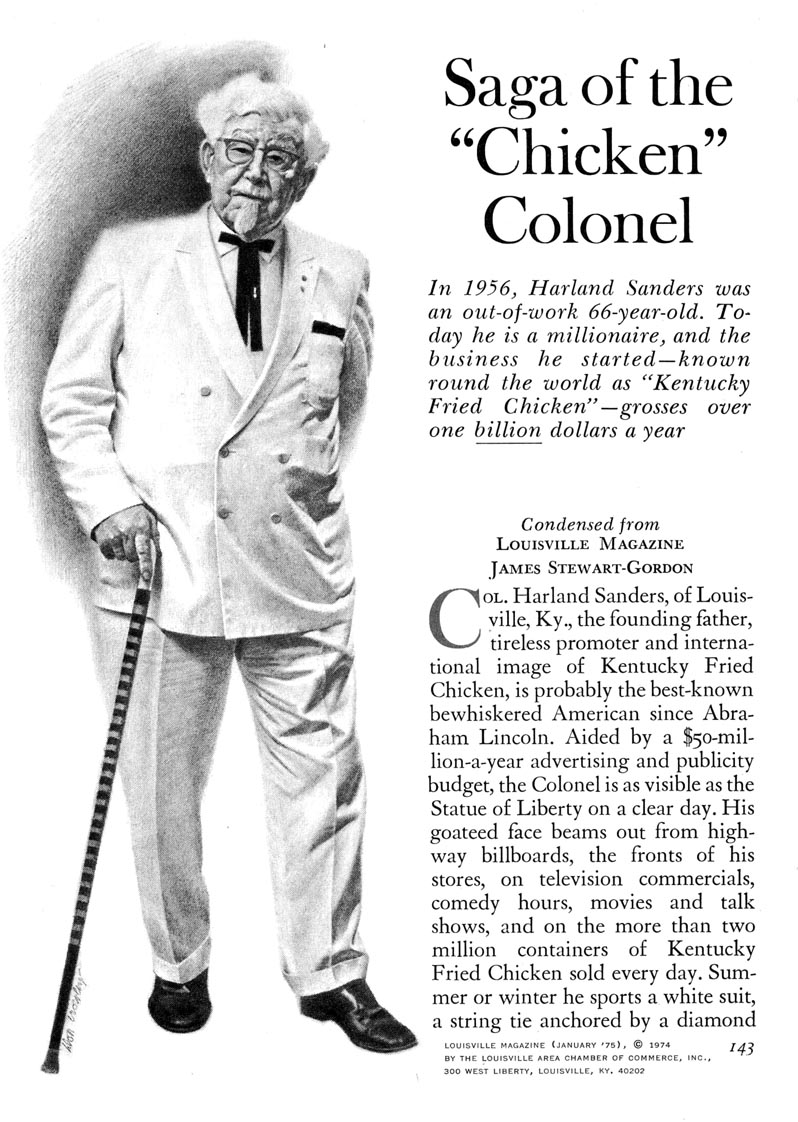

But as Don reached his middle '40s, and after more than two decades of working countless evenings and weekends (as is so often the case in freelance), Don began to wish for... "something else." At that point in an illustrator's career when the work becomes too familiar, no longer interesting or challenging, when the long hours begin to take their toll, two old friends and two important events came together to show Don the path to "something else."

Call it coincidence or call it fate, but just when he needed to find a reason to go on, a dramatic change of course found Don Crowley.
Concluded tomorrow...
* Most of today's images are from
the Greenwich Workshop Press book, "Desert Dreams" by Don Hegpeth and Don Crowley © 2003
* Thanks to my Flickr contact,
levar for the 1968 paperback cover scan which appears in this post, and to Brian McFann for the Reader's Digest images at the end of today's post.
* Also: Bruce Hettema has posted a look at the work of Peter Helck at his
P&H Creative blog
* And: This week's
NCS Spotlight is on ... Al Capp!
